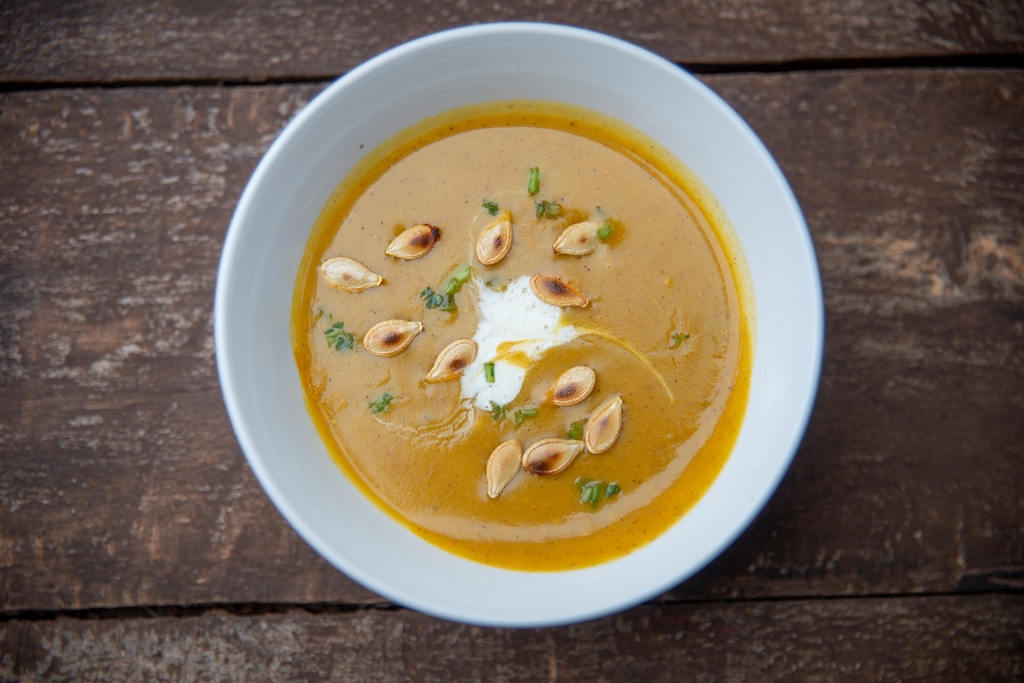Sometimes all it takes to satisfy a craving is to grab that juicy piece of steak to clear the urge. However at what expense?
Food is evolving at a fast pace in today’s ever-changing world. You can transform any type of food with available recipes on digital platforms; multiple food apps deliver food at your doorstep and for the middle-class , access to healthy and nutritious food rarely hinges on affordability but on other factors such as time needed to prepare a meal.
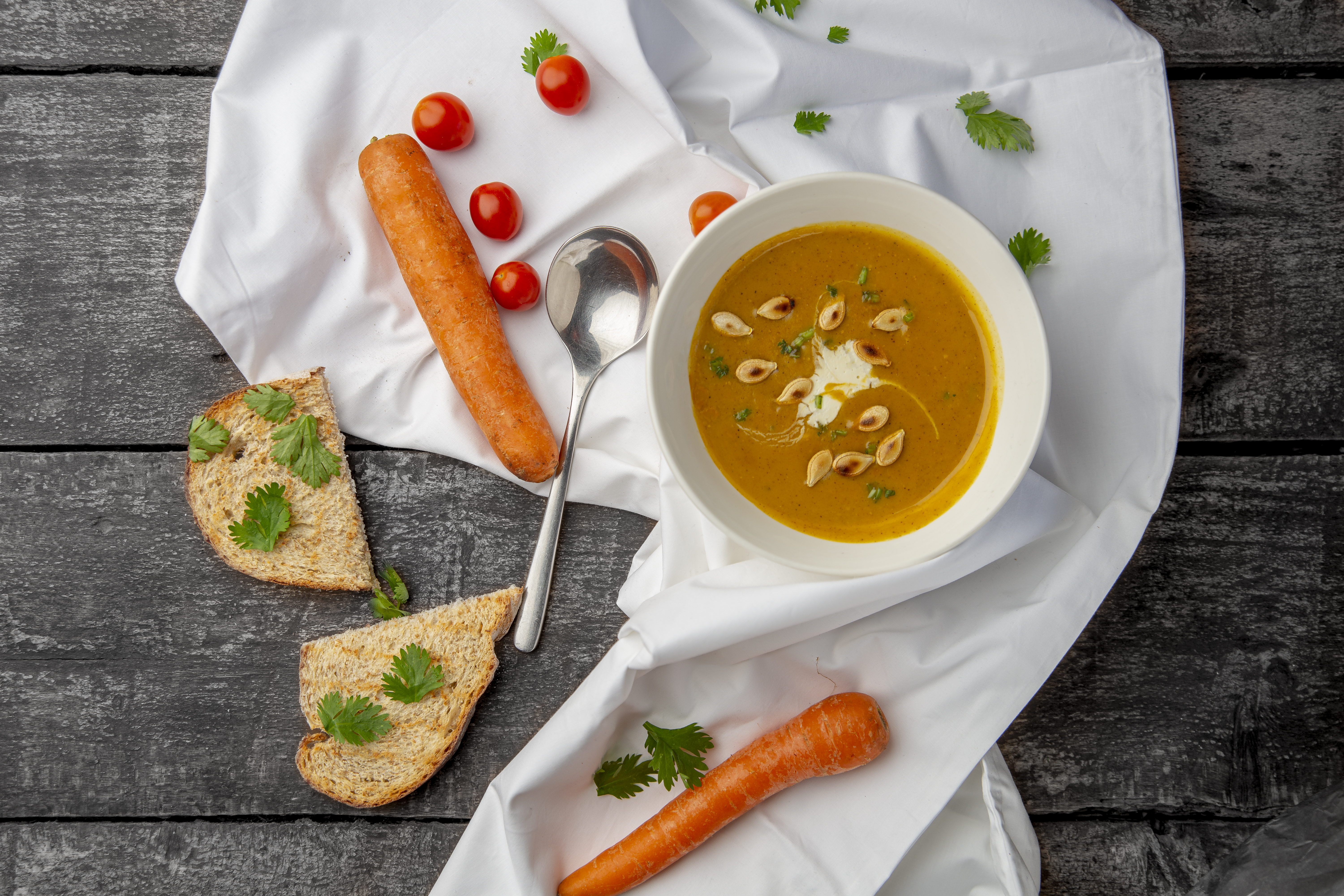
What’s on your plate?
Food lovers obsess with leaving a ‘mark’ of their favorite dishes on various mediums. A quick glance through social media pages of food bloggers will give you a snapshot of the foods that are a popular choice amongst various demographics. From the greasy french fries to traditional delicacies; food remains one of the most sought after nutritious substance on earth.
But while the history of Kenya is filled with masculine and feminine tales of kinds of foods, it’s only befitting to try and look at some of the popular clichés. While I was growing up, french fries were identified as ‘girly’ foods with men or ‘boys’ looked upon with disdain whenever they would ‘partake’ of a plate of ‘chips’ in common cafes. This narrative has since changed!
Nonetheless, it’s important to look at the food landscape that grows our foods and has direct impact on our health.
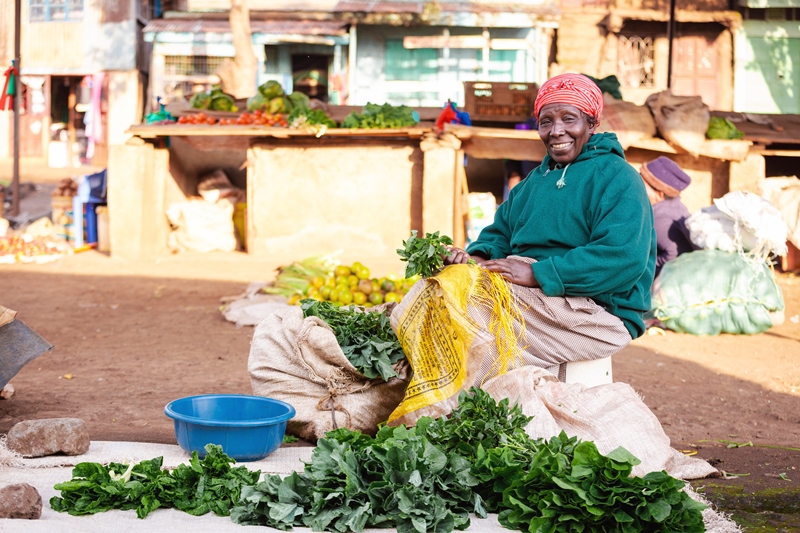
According to Slow Food Kenya’s Ark of Taste, indigenous foods in Kenya have been on a steady decline. While this has been attributed to climate change- with erratic weather patterns that have affected farming seasons; lifestyles are also changing and affordability particularly among the low-income population with the rising cost of living has been a factor. Traditional meals such as Kunde, Terere, Murenda, pumpkin leaves and your favorite arrowroot and sweat potatoes minimally make it to our plates. Let’s be honest!
Let’s bring back traditional foods on our plates
The ripple effect of this has seen levels of malnutrition rise not just among low-income earners but middle-income households. It’s not surprising anymore to find forms of malnutrition such as obesity and stunting co-existing in the same household. Middle income earners opt for certain fast foods in order to fit in and be associated with prestige while low income earners are unable to afford nutritious meals.

Kenya’s reaction to food crisis has mostly been linked to hunger during drought. Efforts by the government have focused on distributing relief food to affected areas with quite significant interventions around fortifying certain foods such as maize and wheat flour with Vitamin A. However minimal actions have gone towards protection of our food sovereignty by preserving nutritious, traditional foods that have existed for centuries. Experts argue that traditional foods play a huge role in food security and nutrition; overreliance on crops such as maize has potentially left out the contribution of traditional crops such as sweet potatoes to our health and well-being.
Nairobi Restaurant Week and World Food Fair
To honor World Food Day this October, Hivos East Africa is intentionally ruffling feathers of the eating habits of the common status quo in Nairobi. What are your eating patterns? Are the foods you consume safe for the environment? How do you access your traditional foods? And if you do are they affordable?
For the food lovers, here’s a glance of what’s on our menu in partnership with Eat Out Kenya: A Nairobi Restaurant Week (NRW) featuring Kenya’s traditional foods on the menus of twelve restaurants in Nairobi.
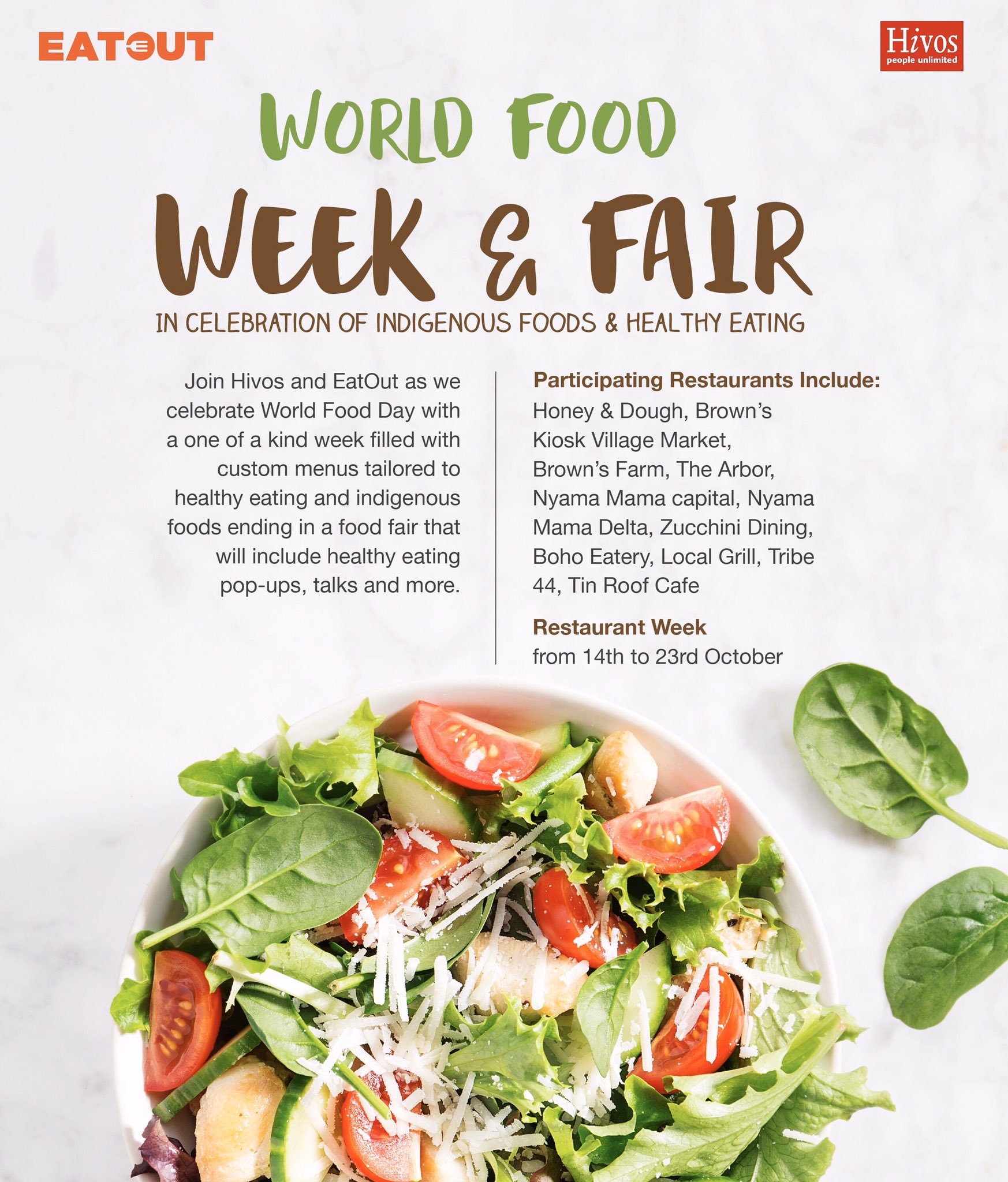
Hivos World Food Fair with Eat Out Kenya on 20 October 2019 is the culmination of a gathering of experts, foodies, food vendors and a photo exhibition to celebrate traditional foods in Kenya with a simple message: let’s bring them back to the plate.
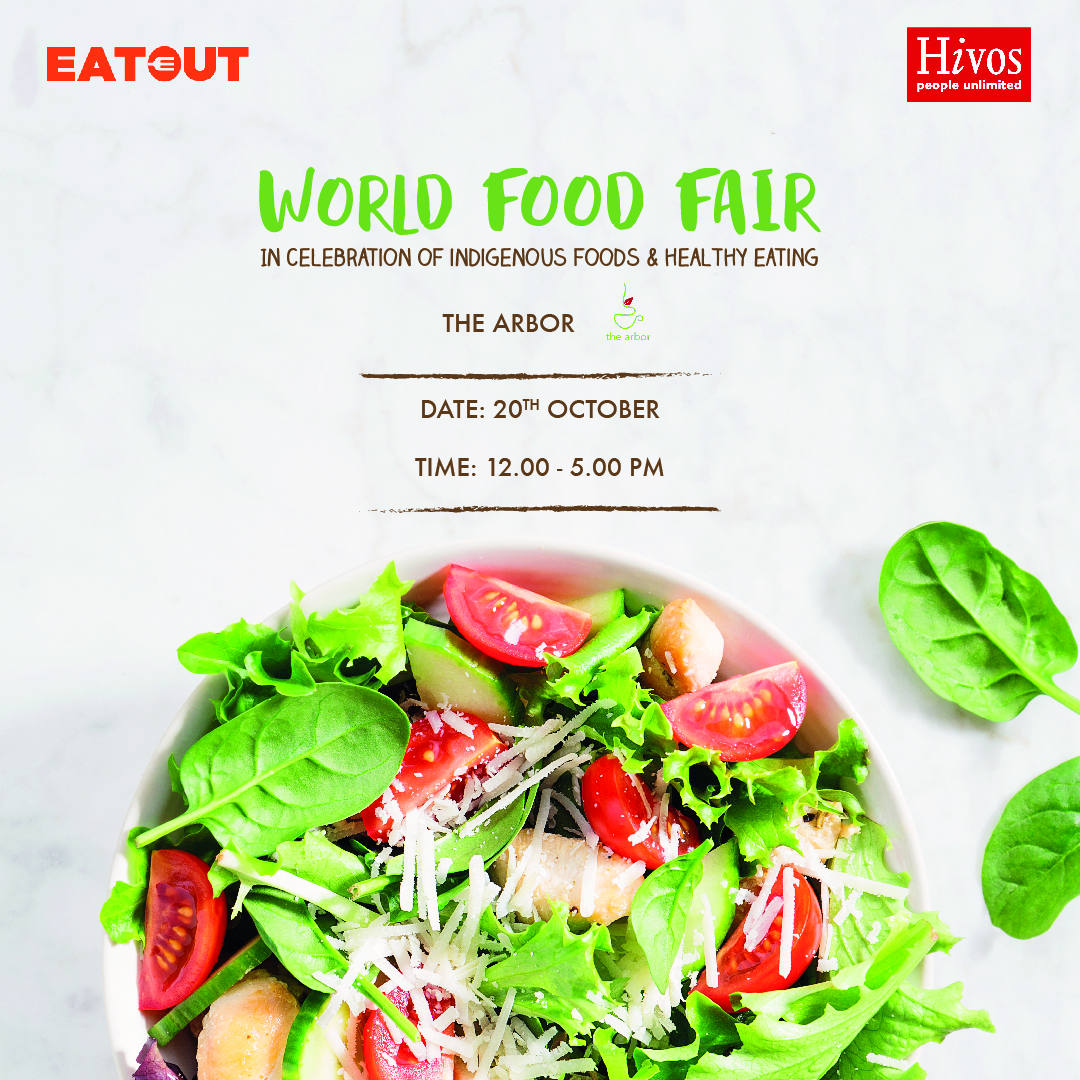
Want to take action and join our conversation? Include a traditional food: the likes of mashed arrowroots, boiled tilapia fish and cowpeas in your meal, take a picture and post on Twitter using the hashtag: #SustainableDiets4All, #HealthyDiets. The idea is that it becomes a habit and leads to a change in lifestyle.
About Sustainable Diets for All
This is a program implemented in partnership with the International Institute for Environment and Development. It aims to To make more sustainable, diverse, healthy and nutritious food available for low-income citizens in target countries: Kenya, Uganda, Indonesia, Zambia and Bolivia.

